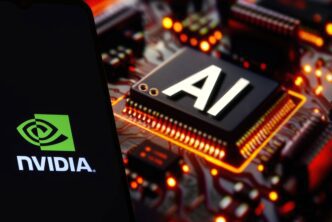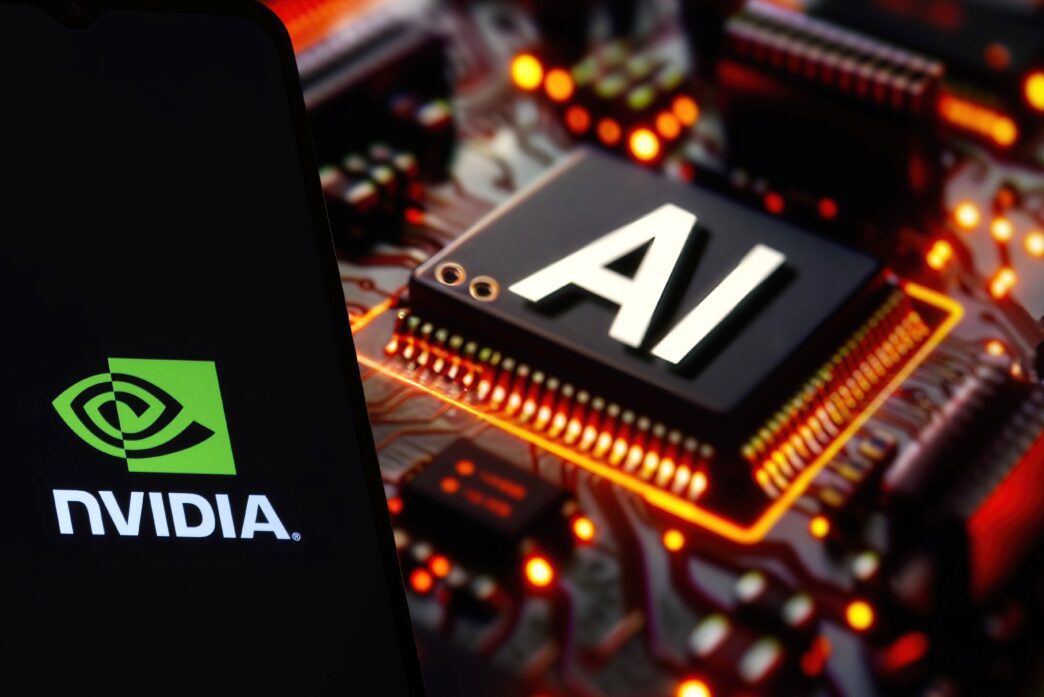Executive Summary
The Story So Far
Why This Matters
Who Thinks What?
Nvidia Corp. is set to release its fiscal 2026 third-quarter earnings report after market close on November 19, with one analyst predicting a potential stall in the stock’s momentum despite anticipated strong results. The company’s shares have experienced significant growth driven by its dominant position in the artificial intelligence (AI) chip market, but concerns about a potential AI market bubble and high valuations are reportedly weighing on investor sentiment.
Nvidia’s AI Dominance
Nvidia has seen its stock climb over 1,200% in the past three years, largely due to its early and sustained leadership in designing Graphics Processing Units (GPUs) tailored for AI tasks. This strategic focus has led to substantial revenue growth, with the latest fiscal year recording over $130 billion in revenue and gross margins exceeding 70%.
The company’s commitment to AI began before the market boom, allowing it to establish and maintain a leadership position through ongoing innovation. Earlier in the year, Nvidia’s stock faced concerns regarding AI spending and the impact of President Donald Trump’s tariffs on semiconductor imports, though these worries have since dissipated.
Upcoming Earnings and Market Sentiment
The upcoming earnings report for the quarter ending November 19 is expected to reflect continued strong performance. CEO Jensen Huang recently indicated significant cumulative shipments of Nvidia’s current Blackwell and upcoming Rubin platforms, as well as networking products, totaling half a trillion dollars over 2025 and 2026. Additionally, chip manufacturer Taiwan Semiconductor Manufacturing and Nvidia customers like Oracle have reported robust AI demand.
Despite these positive indicators, Adria Cimino, an analyst with The Motley Fool, forecasts that Nvidia’s stock may “stall out” following the earnings announcement on November 20. This prediction stems from broader investor concerns regarding a potential bubble in the AI market, which has reportedly impacted other technology stocks.
Factors Influencing the Prediction
Cimino highlights instances where strong earnings reports from other AI players, such as Palantir Technologies, were followed by stock declines. This suggests that positive financial results do not always guarantee immediate stock performance gains in the current market environment. Furthermore, Nvidia’s valuation at 43 times forward earnings estimates is considerably higher than earlier in the year.
Another factor noted is that even after Nvidia’s most recent highly positive report, the stock experienced a slip of approximately 4% in the subsequent days. This indicates that a solid earnings report from Nvidia does not consistently translate into immediate, fantastic stock performance.
Long-Term Outlook
While anticipating a short-term stall or dip in Nvidia’s stock post-earnings, the analyst maintains a long-term optimistic outlook for the company. Any potential loss of momentum is viewed as a short-term event and a potential buying opportunity for growth investors interested in the AI sector.







